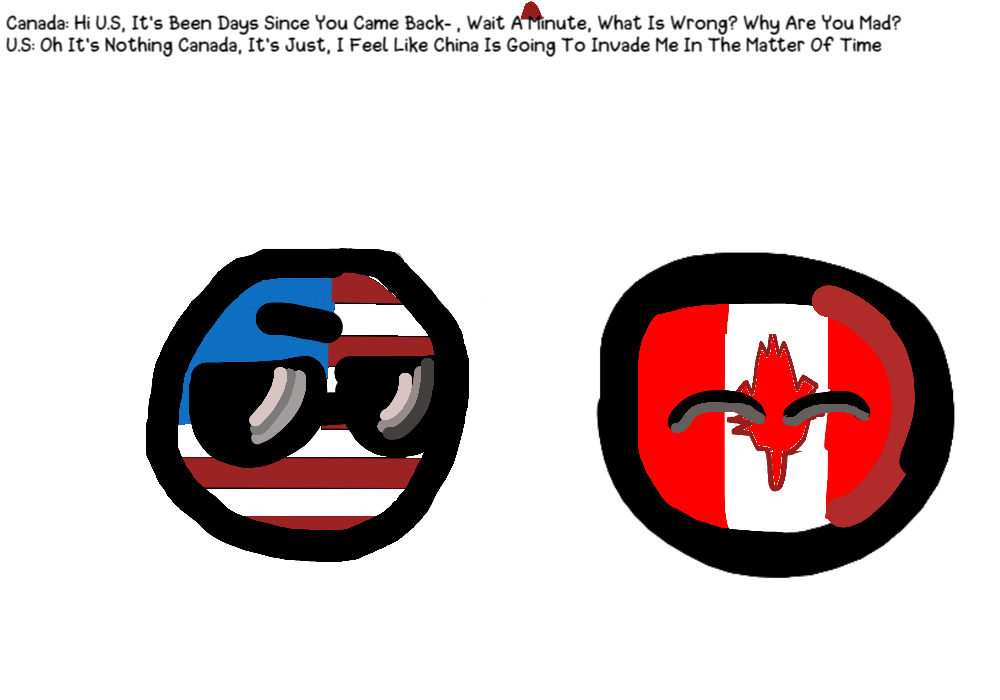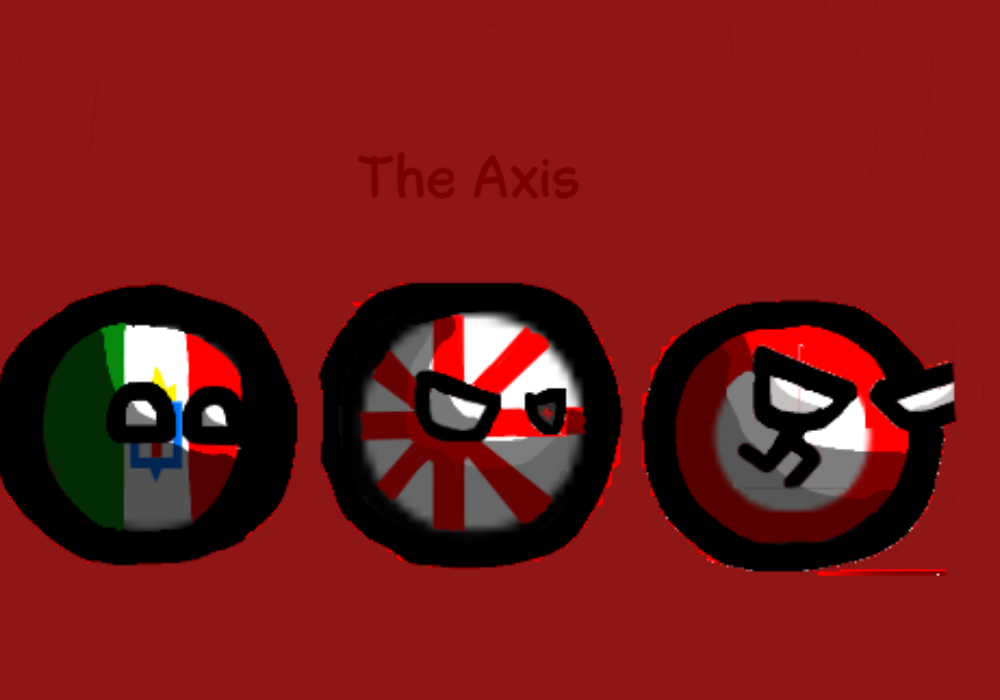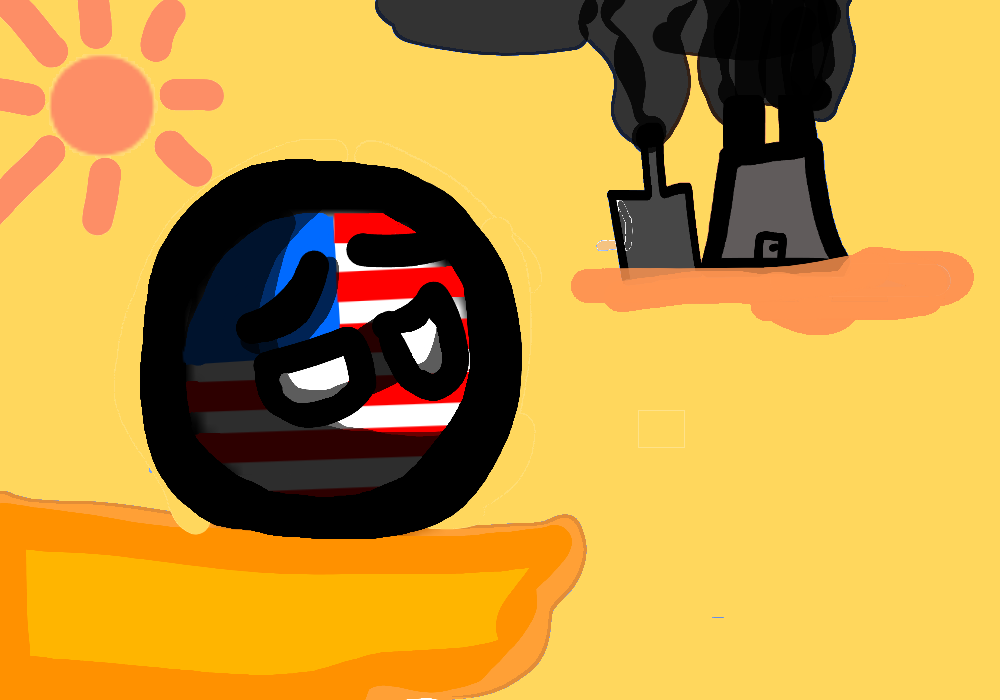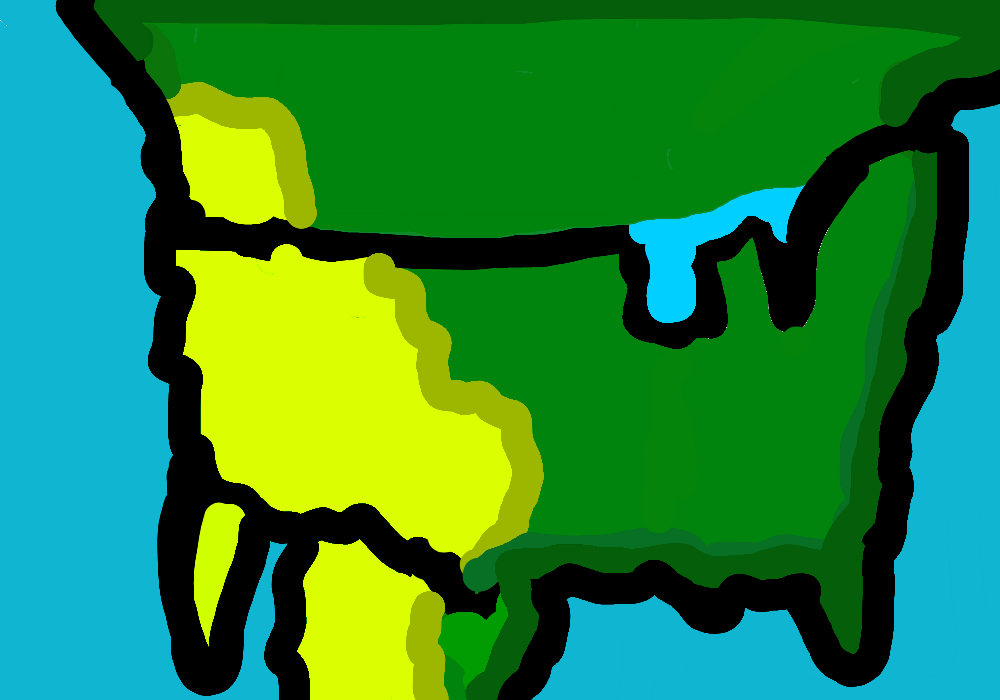
@Justin14
52 followers
161 following
The Flag of Liechtenstein
The oldest traces of human existence in the area of present-day Liechtenstein date back to the Middle Paleolithic era.[18] Neolithic farming settlements appeared in the valleys around 5300 BCE.
The Hallstatt and La Tène cultures flourished during the late Iron Age, from around 450 BCE—possibly under some influence of both the Greek and Etruscan civilisations. One of the most important tribal groups in the Alpine region were the Helvetii. In 58 BCE, at the Battle of Bibracte, Julius Caesar defeated the Alpine tribes, thereby bringing the region under Roman subjugation. By 15 BCE, Tiberius—later the second Roman emperor—with his brother, Drusus, conquered the entire Alpine area.[19]
Liechtenstein then became integrated into the Roman province of Raetia. The area was garrisoned by the Roman army, which maintained large legionary camps at Brigantium (Austria), near Lake Constance, and at Magia (Switzerland). The Romans built and maintained a road which ran through the territory. Around 260 CE Brigantium was destroyed by the Alemanni, a Germanic people who later settled in the area around 450.[20]
In the Early Middle Ages, the Alemanni settled the eastern Swiss plateau by the 5th century and the valleys of the Alps by the end of the 8th century, with Liechtenstein located at the eastern edge of Alamannia. In the 6th century the entire region became part of the Frankish Empire following Clovis I's victory over the Alemanni at Tolbiac in 504.[21][22]
The area that later became Liechtenstein remained under Frankish hegemony (Merovingian and Carolingian dynasties) until the Treaty of Verdun divided the Carolingian empire in 843, following the death of Charlemagne in 814.[18] The territory of present-day Liechtenstein formed part of East Francia. It would later be reunified with Middle Francia under the Holy Roman Empire, around 1000.[18] Until about 1100, the predominant language of the area was Romansch, but thereafter German began to gain ground in the territory. In 1300, another Alemannic population—the Walsers, who originated in Valais—entered the region and settled; the mountain village of Triesenberg today preserves features of the Walser dialect.[23]
Foundation of a dynasty
By 1200, dominions across the Alpine plateau were controlled by the Houses of Savoy, Zähringer, Habsburg, and Kyburg. Other regions were accorded the Imperial immediacy that granted the empire direct control over the mountain passes. When the Kyburg dynasty fell in 1264, the Habsburgs under King Rudolph I, the Holy Roman Emperor in 1273, extended their territory to the eastern Alpine plateau that included the territory of Liechtenstein.[21] This region was enfeoffed to the Counts of Hohenems until the sale to the Liechtenstein dynasty in 1699.
The Hallstatt and La Tène cultures flourished during the late Iron Age, from around 450 BCE—possibly under some influence of both the Greek and Etruscan civilisations. One of the most important tribal groups in the Alpine region were the Helvetii. In 58 BCE, at the Battle of Bibracte, Julius Caesar defeated the Alpine tribes, thereby bringing the region under Roman subjugation. By 15 BCE, Tiberius—later the second Roman emperor—with his brother, Drusus, conquered the entire Alpine area.[19]
Liechtenstein then became integrated into the Roman province of Raetia. The area was garrisoned by the Roman army, which maintained large legionary camps at Brigantium (Austria), near Lake Constance, and at Magia (Switzerland). The Romans built and maintained a road which ran through the territory. Around 260 CE Brigantium was destroyed by the Alemanni, a Germanic people who later settled in the area around 450.[20]
In the Early Middle Ages, the Alemanni settled the eastern Swiss plateau by the 5th century and the valleys of the Alps by the end of the 8th century, with Liechtenstein located at the eastern edge of Alamannia. In the 6th century the entire region became part of the Frankish Empire following Clovis I's victory over the Alemanni at Tolbiac in 504.[21][22]
The area that later became Liechtenstein remained under Frankish hegemony (Merovingian and Carolingian dynasties) until the Treaty of Verdun divided the Carolingian empire in 843, following the death of Charlemagne in 814.[18] The territory of present-day Liechtenstein formed part of East Francia. It would later be reunified with Middle Francia under the Holy Roman Empire, around 1000.[18] Until about 1100, the predominant language of the area was Romansch, but thereafter German began to gain ground in the territory. In 1300, another Alemannic population—the Walsers, who originated in Valais—entered the region and settled; the mountain village of Triesenberg today preserves features of the Walser dialect.[23]
Foundation of a dynasty
By 1200, dominions across the Alpine plateau were controlled by the Houses of Savoy, Zähringer, Habsburg, and Kyburg. Other regions were accorded the Imperial immediacy that granted the empire direct control over the mountain passes. When the Kyburg dynasty fell in 1264, the Habsburgs under King Rudolph I, the Holy Roman Emperor in 1273, extended their territory to the eastern Alpine plateau that included the territory of Liechtenstein.[21] This region was enfeoffed to the Counts of Hohenems until the sale to the Liechtenstein dynasty in 1699.
Other Minitoons by @Justin14









































































































